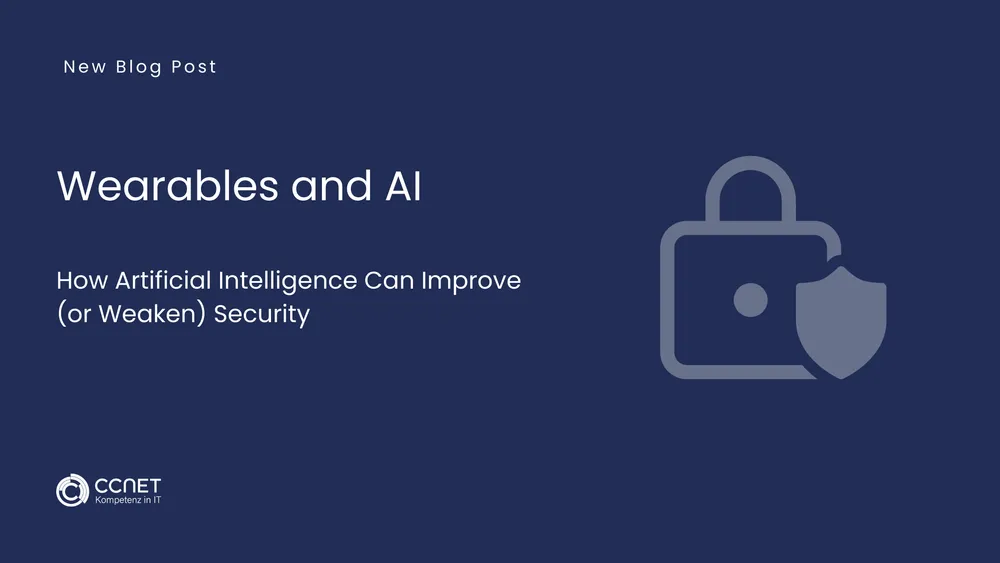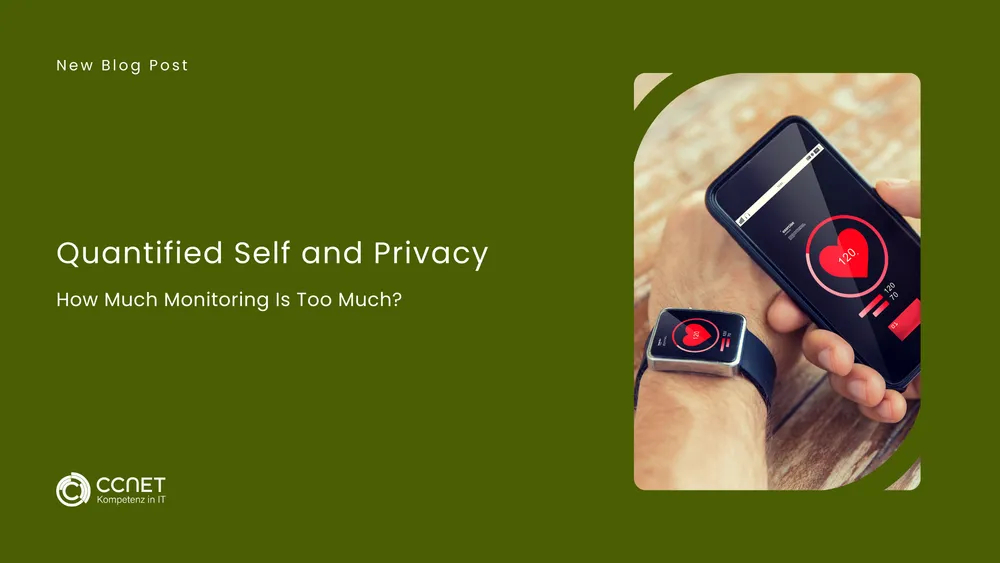
CCNet
Aug 20, 2025 • 2 min read

Wearable Security Audits: How companies can detect vulnerabilities early
Security audits are essential for uncovering vulnerabilities in digital systems before they can be exploited by attackers. For wearable manufacturers, regular audits are a critical component of a proactive security strategy. They allow companies to evaluate both the hardware and software of their devices and close security gaps before they cause real harm. This article explores why security audits are so important for wearables and what they should include.
1. What Are Wearable Security Audits?
A security audit is a systematic review of a device or system to identify security weaknesses. For wearables, this includes:
- Reviewing firmware and operating systems for vulnerabilities
- Testing wireless connections such as Bluetooth and Wi-Fi
- Evaluating mobile apps and cloud services for risks
- Analyzing user data handling and privacy policies
Audits can be conducted internally or with the help of external cybersecurity experts.
2. Key Benefits of Security Audits
- Early detection of vulnerabilities: Security gaps are identified before attackers can exploit them.
- Compliance with legal standards: Many regions require regular security checks (e.g., GDPR, HIPAA).
- User trust: Certified security creates trust and can be a competitive advantage.
- Protection against reputation damage: Security breaches can have serious consequences—audits help prevent them.
- Improved product quality: Weaknesses are fixed before devices reach the market.
3. What Should a Comprehensive Audit Include?
a) Code Review and Penetration Testing
- Check source code for logic errors, insecure libraries, and hardcoded credentials.
- Simulate attacks (penetration tests) to reveal real-world vulnerabilities.
b) Wireless Security Analysis
- Analyze Bluetooth and Wi-Fi for known exploits (e.g., BlueBorne, KRACK).
- Test encryption strength and protocol implementations.
c) App and Cloud Security
- Review companion apps for insecure APIs, unencrypted data transmission, or excessive permissions.
- Audit cloud platforms for access controls and data leakage prevention.
d) Privacy and Legal Compliance
- Verify that privacy policies match actual data processing practices.
- Ensure users can access, correct, and delete their data.
e) Secure Update Procedures
- Test firmware update paths for authenticity checks and rollback protection.
- Validate that updates are digitally signed and securely delivered.
4. When and How Often Should Audits Be Conducted?
- During development: Integrate security checks into the software lifecycle.
- Before product launch: Perform final testing before the market release.
- Regularly post-launch: Schedule audits annually or after major updates.
- After incidents: Conduct a focused audit following security events or breaches.
5. Conclusion: Audits as a Cornerstone of Wearable Security
Security audits are not optional—they are a central part of responsible wearable development. Companies that implement regular and thorough audits minimize risks, build trust, and comply with international regulations. In a world where wearables increasingly handle sensitive health data, early detection of vulnerabilities is the best protection against long-term damage.


